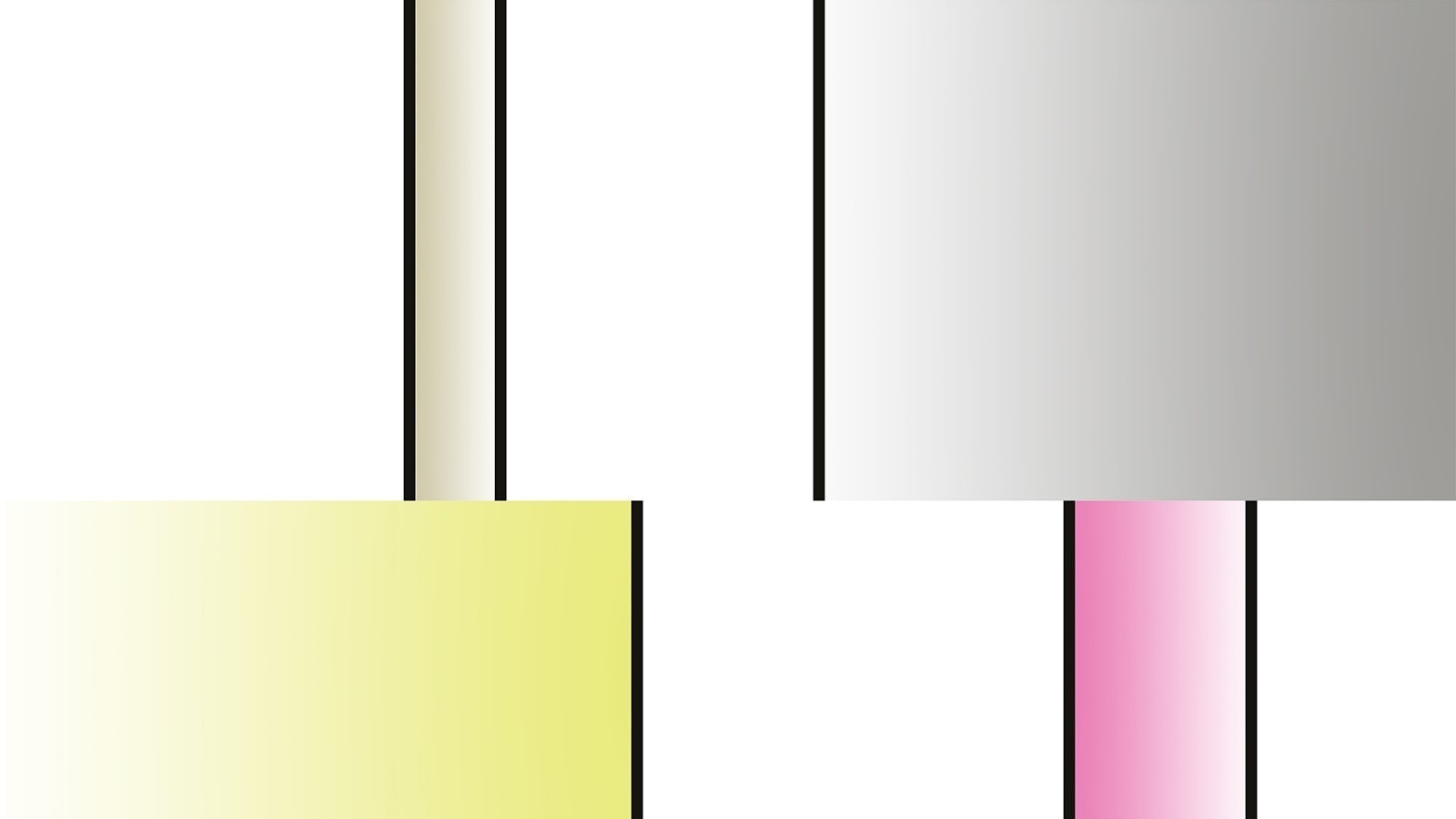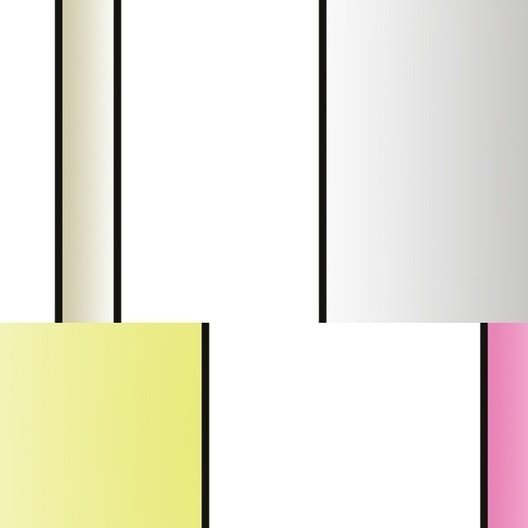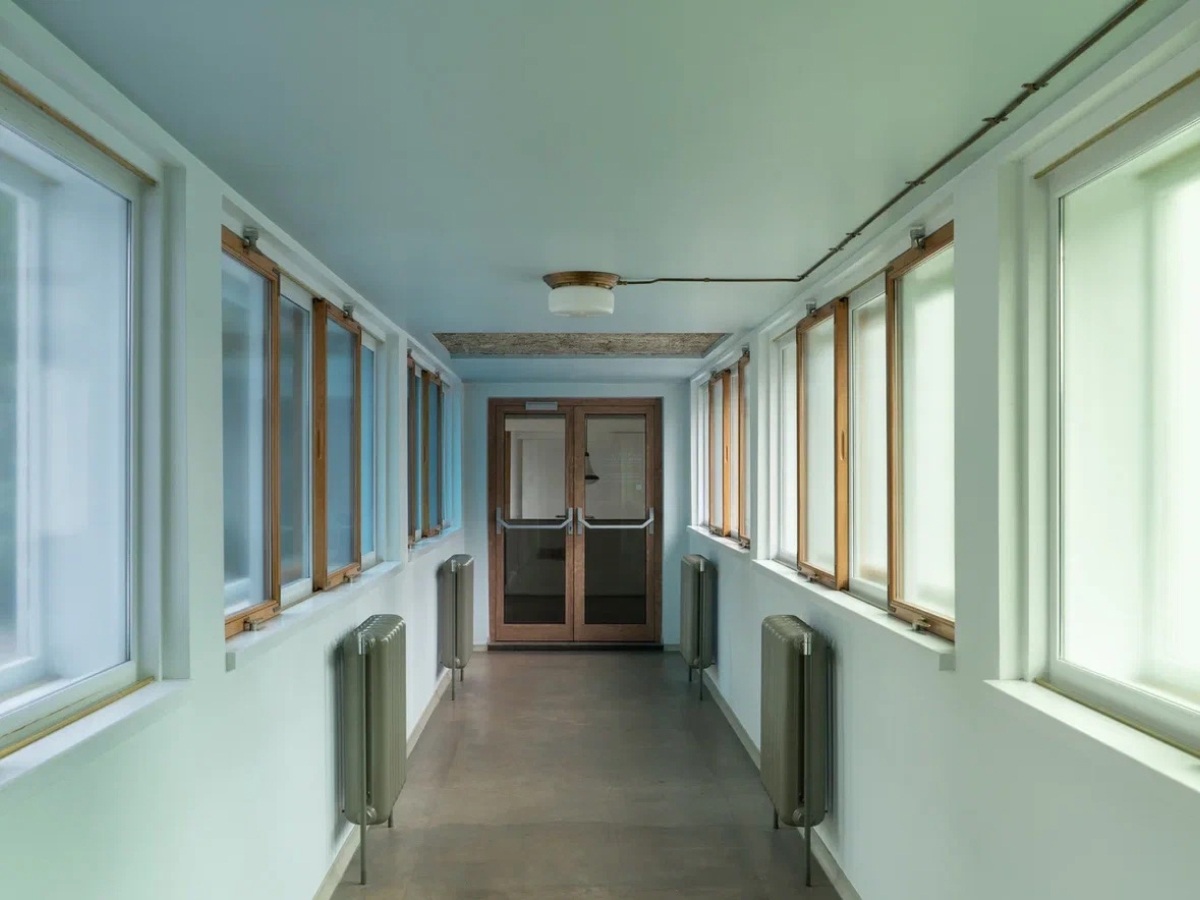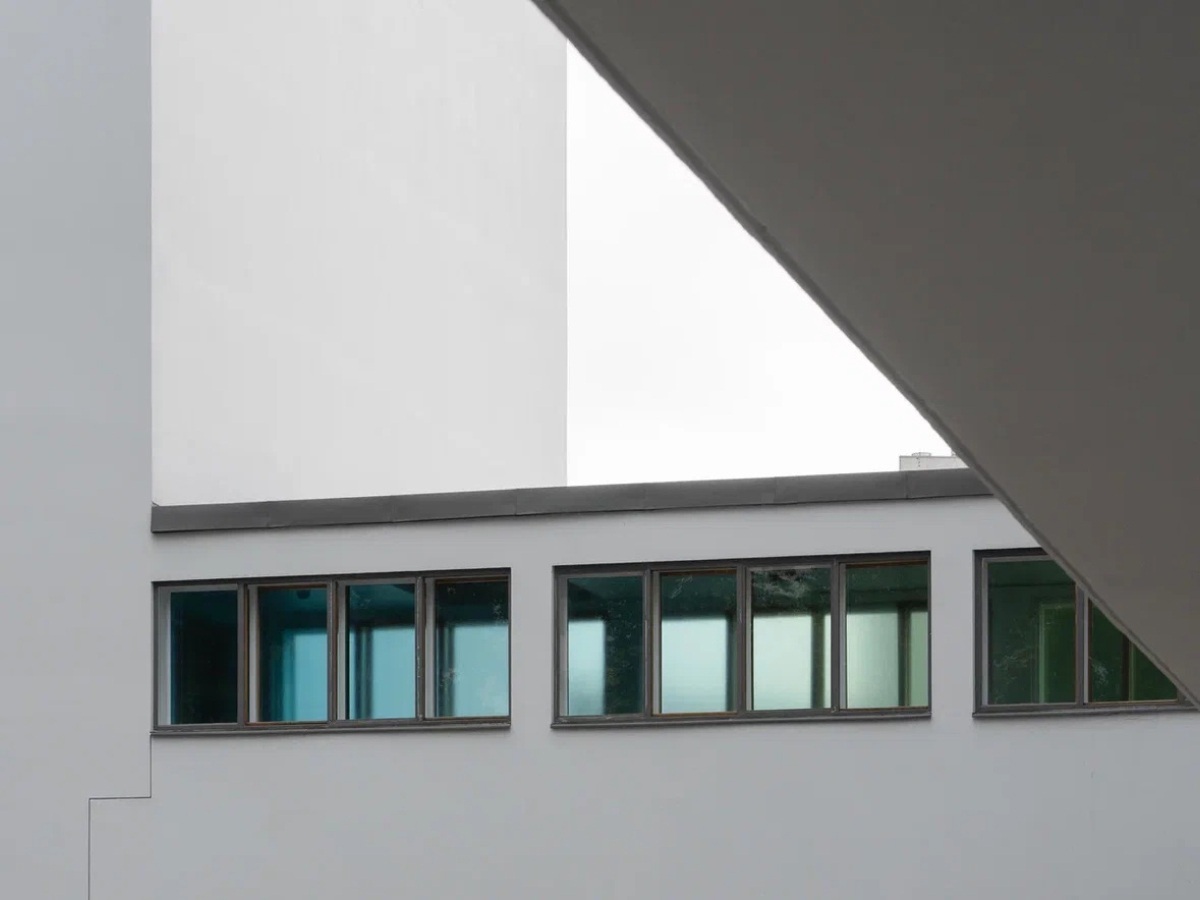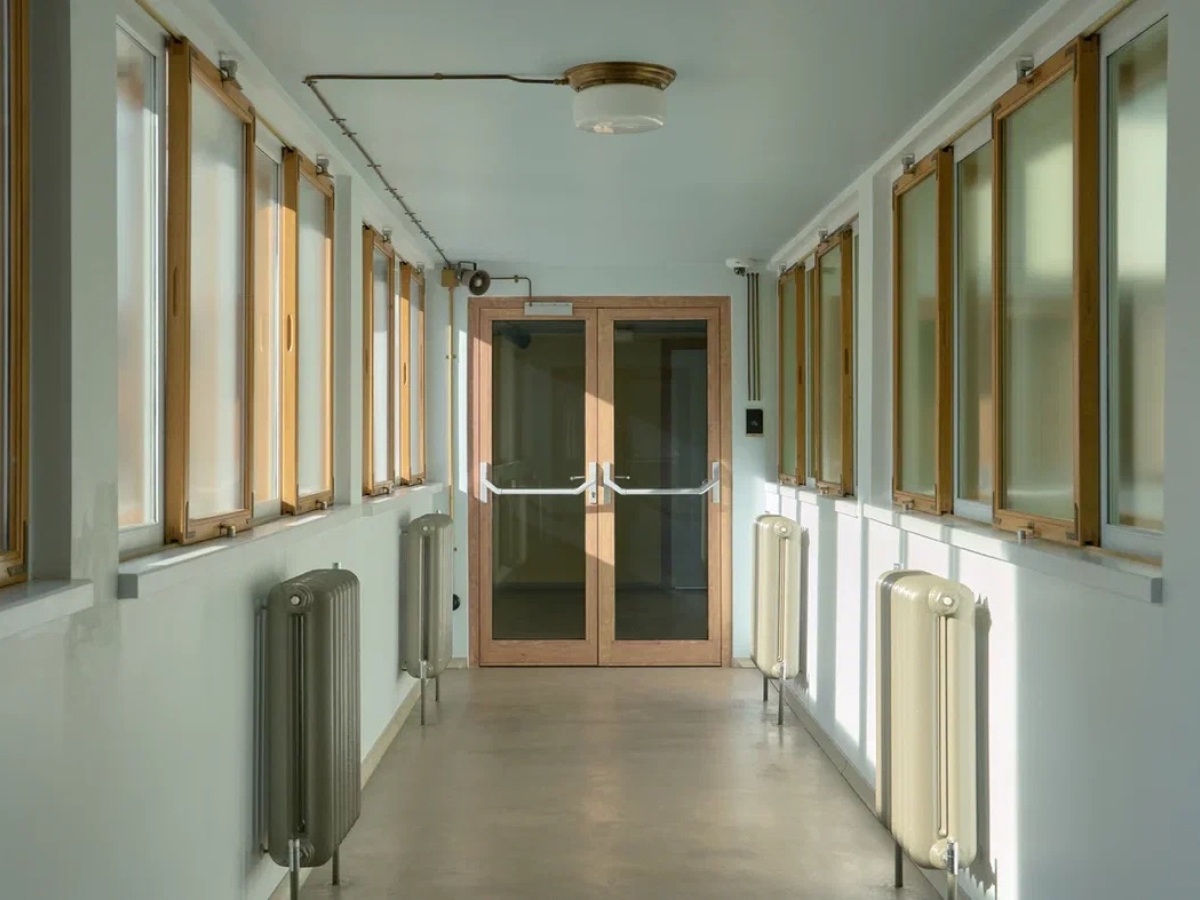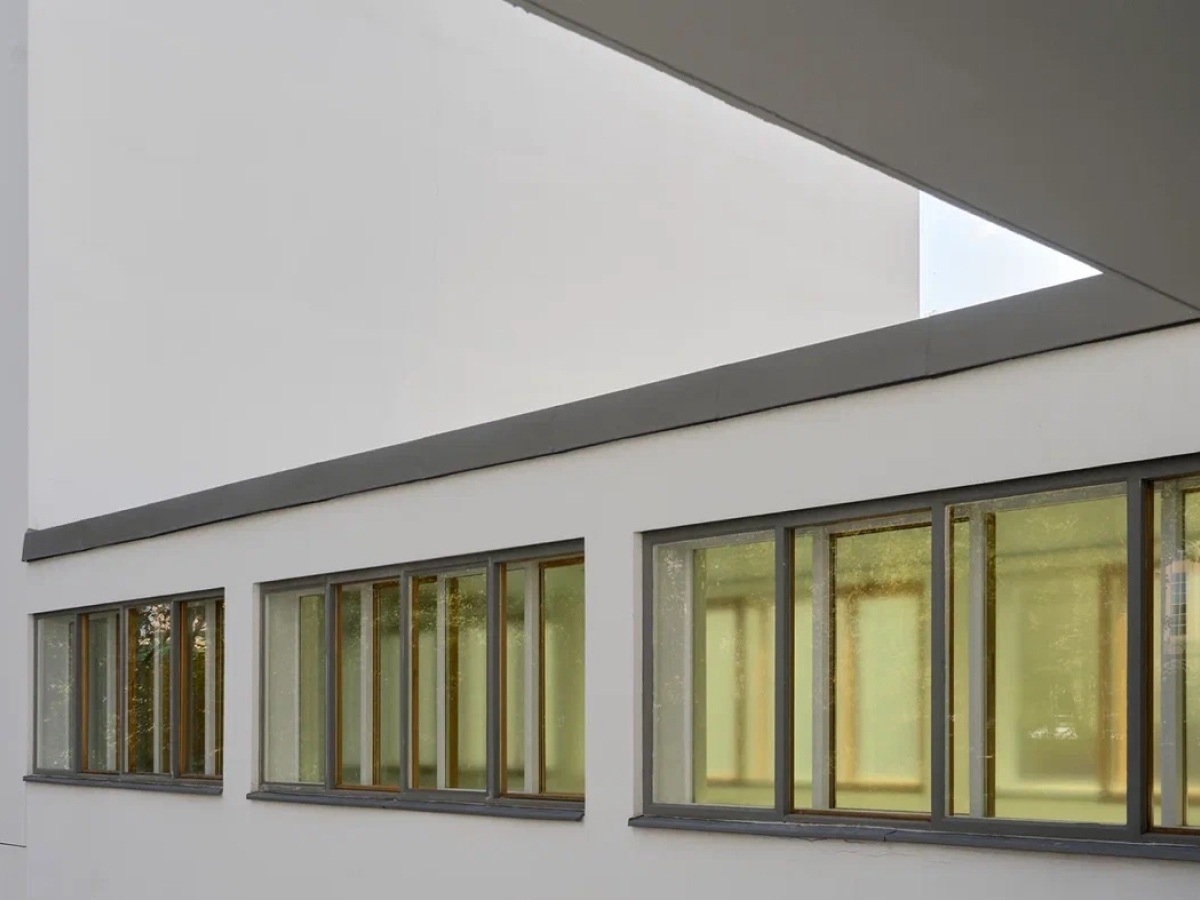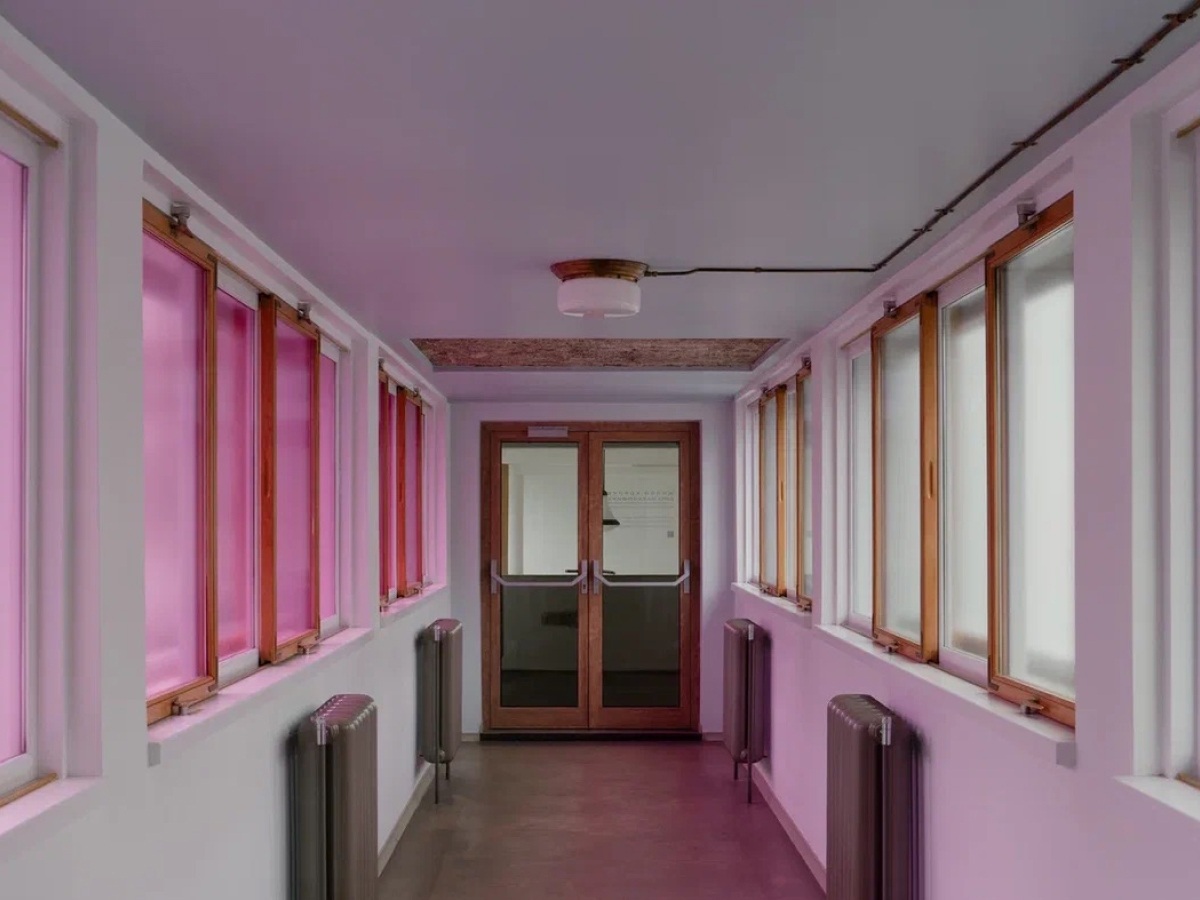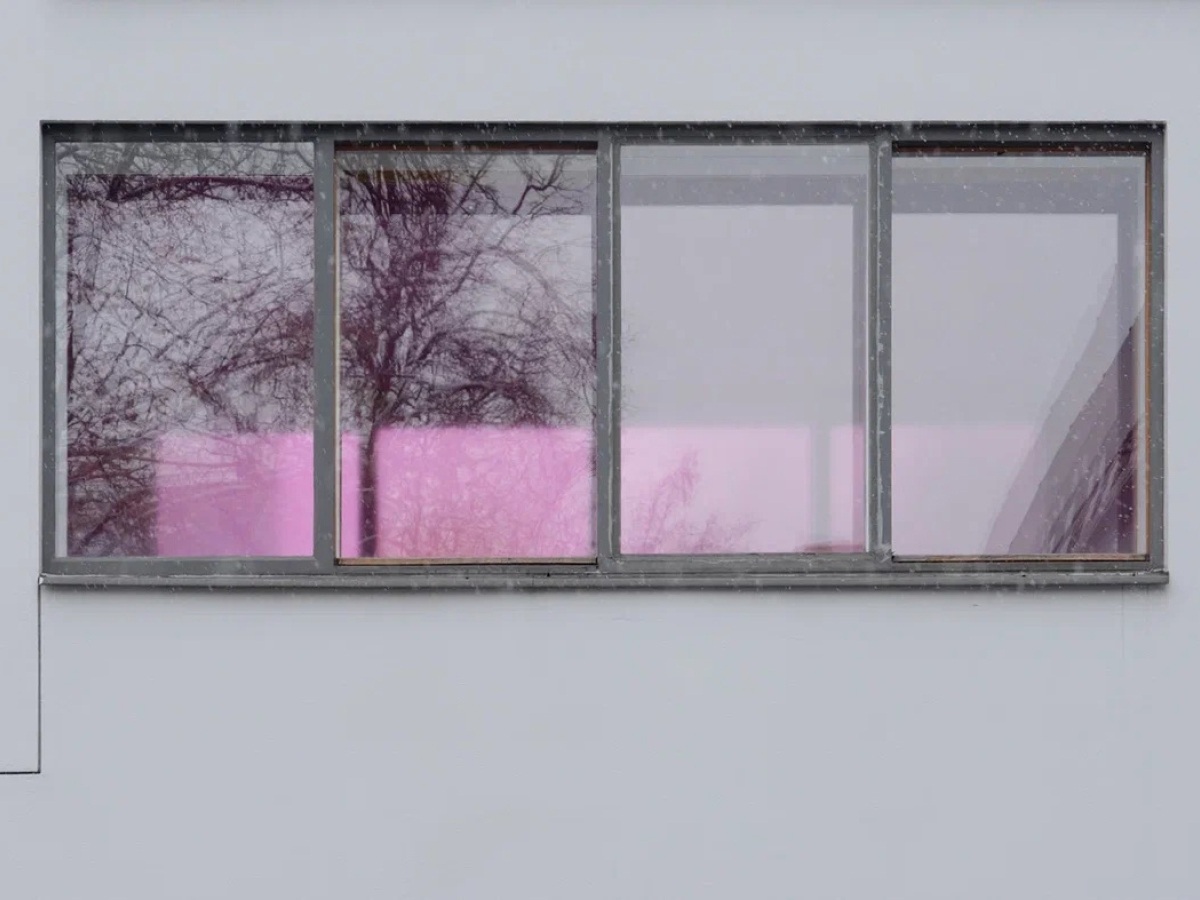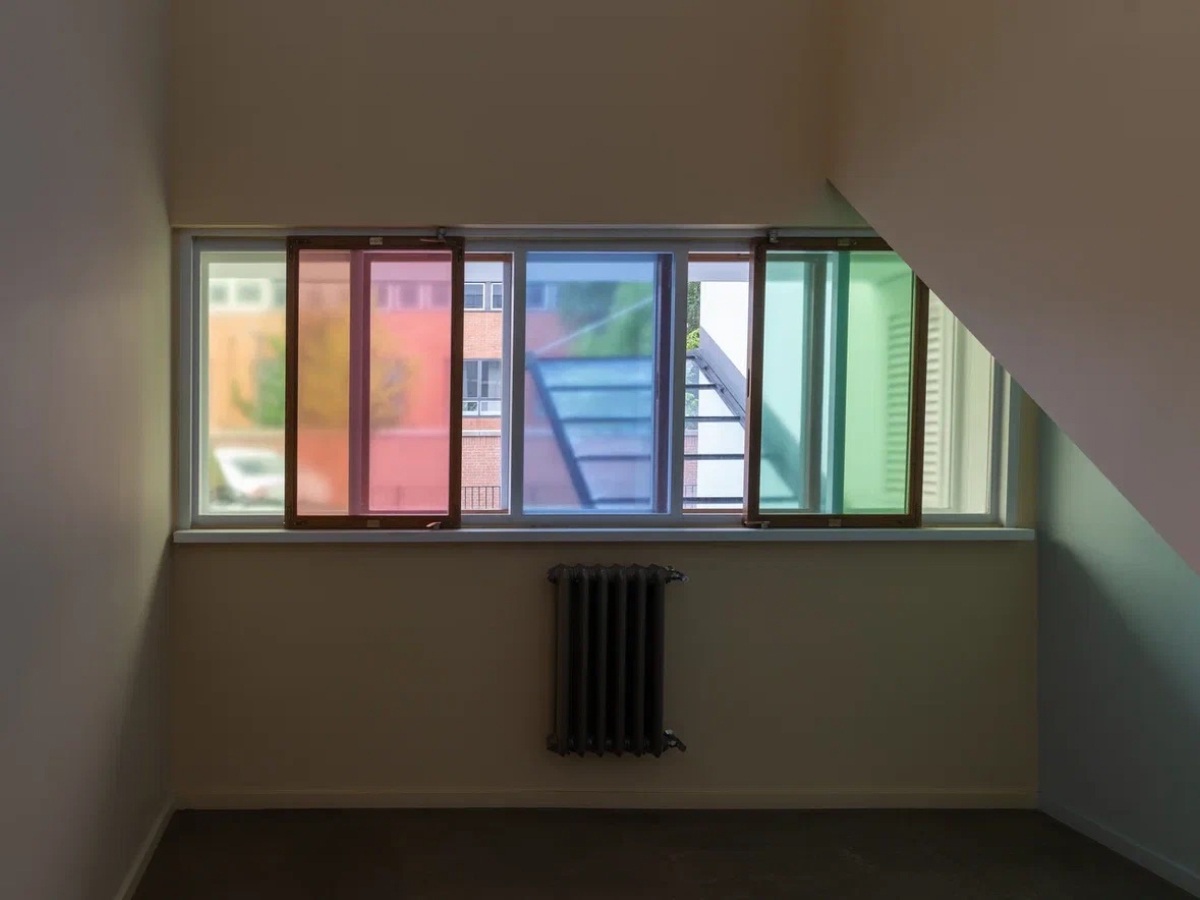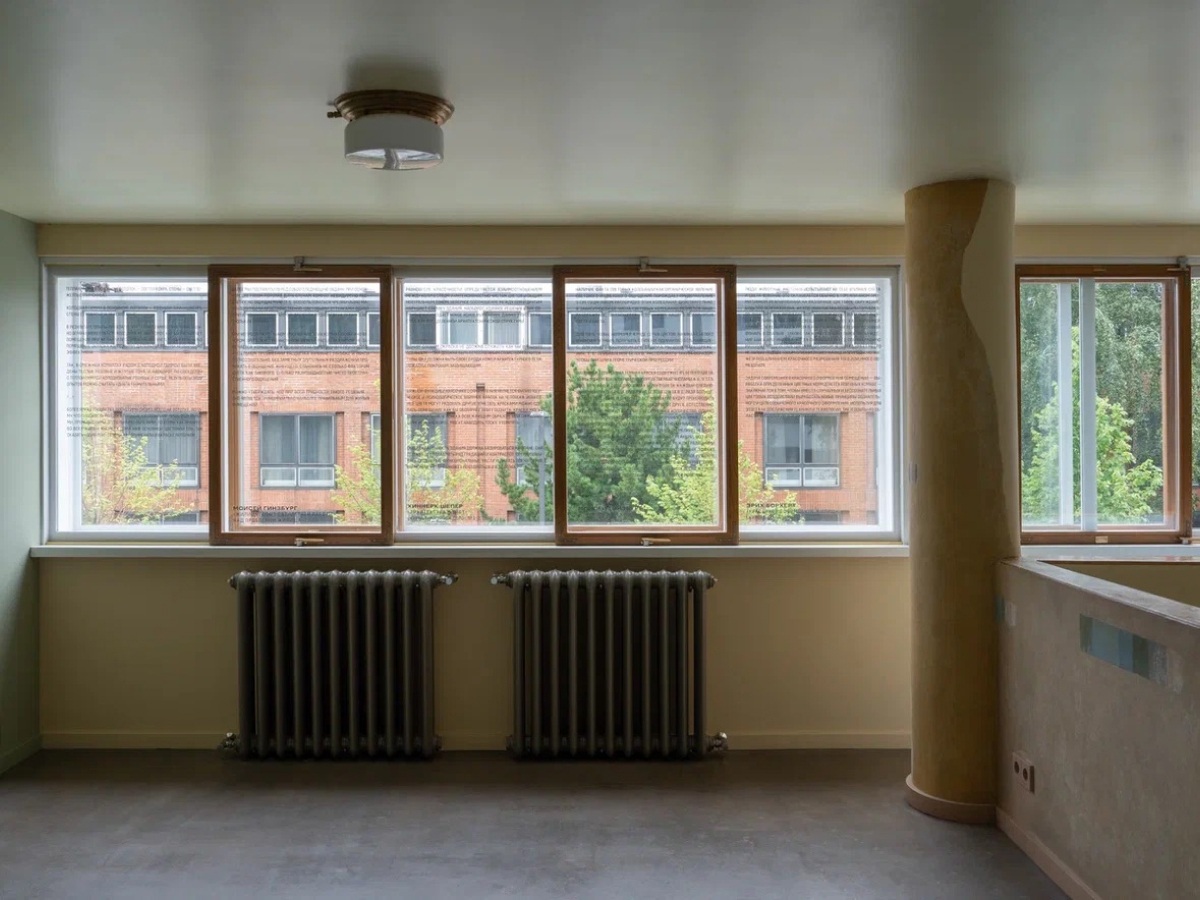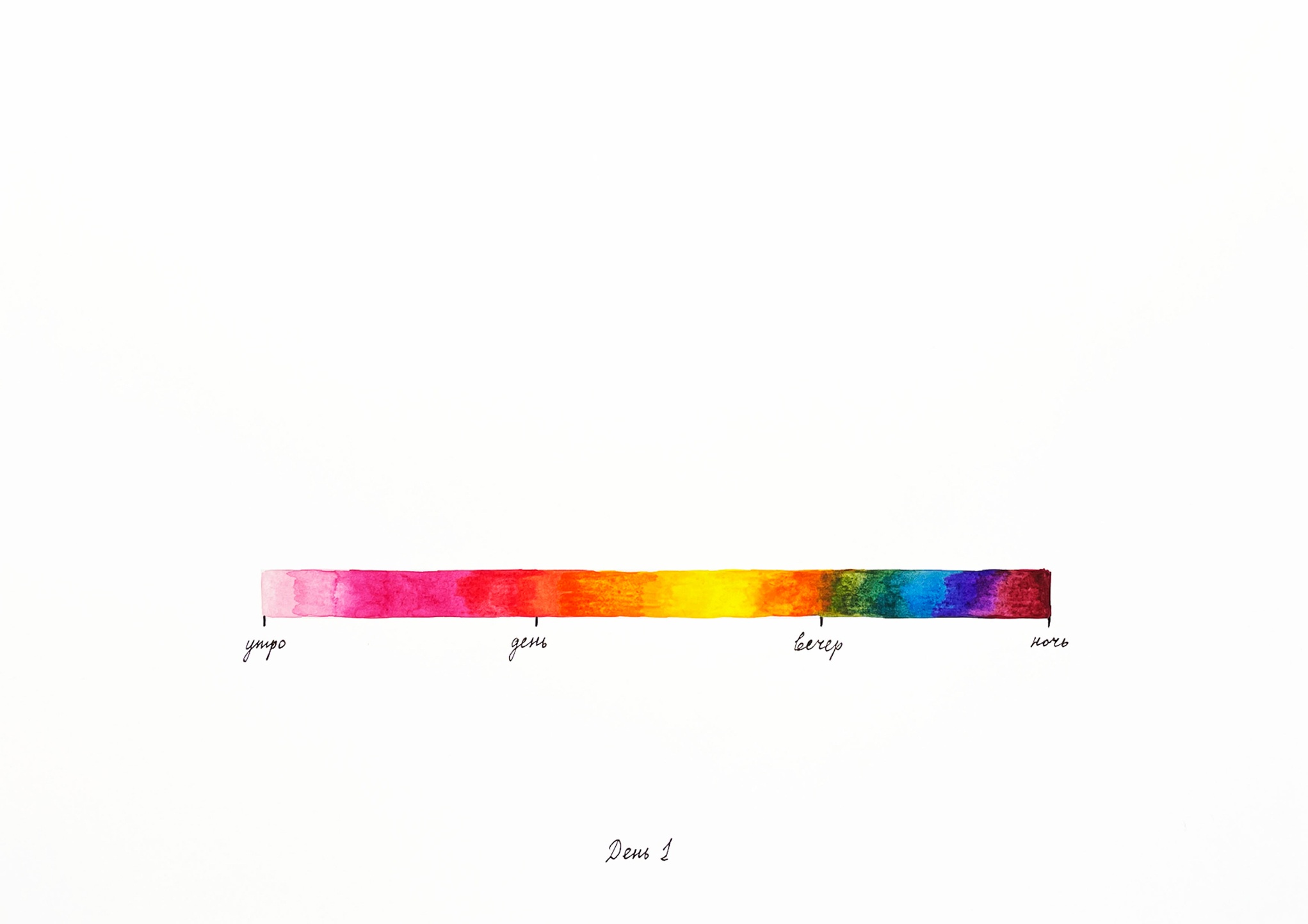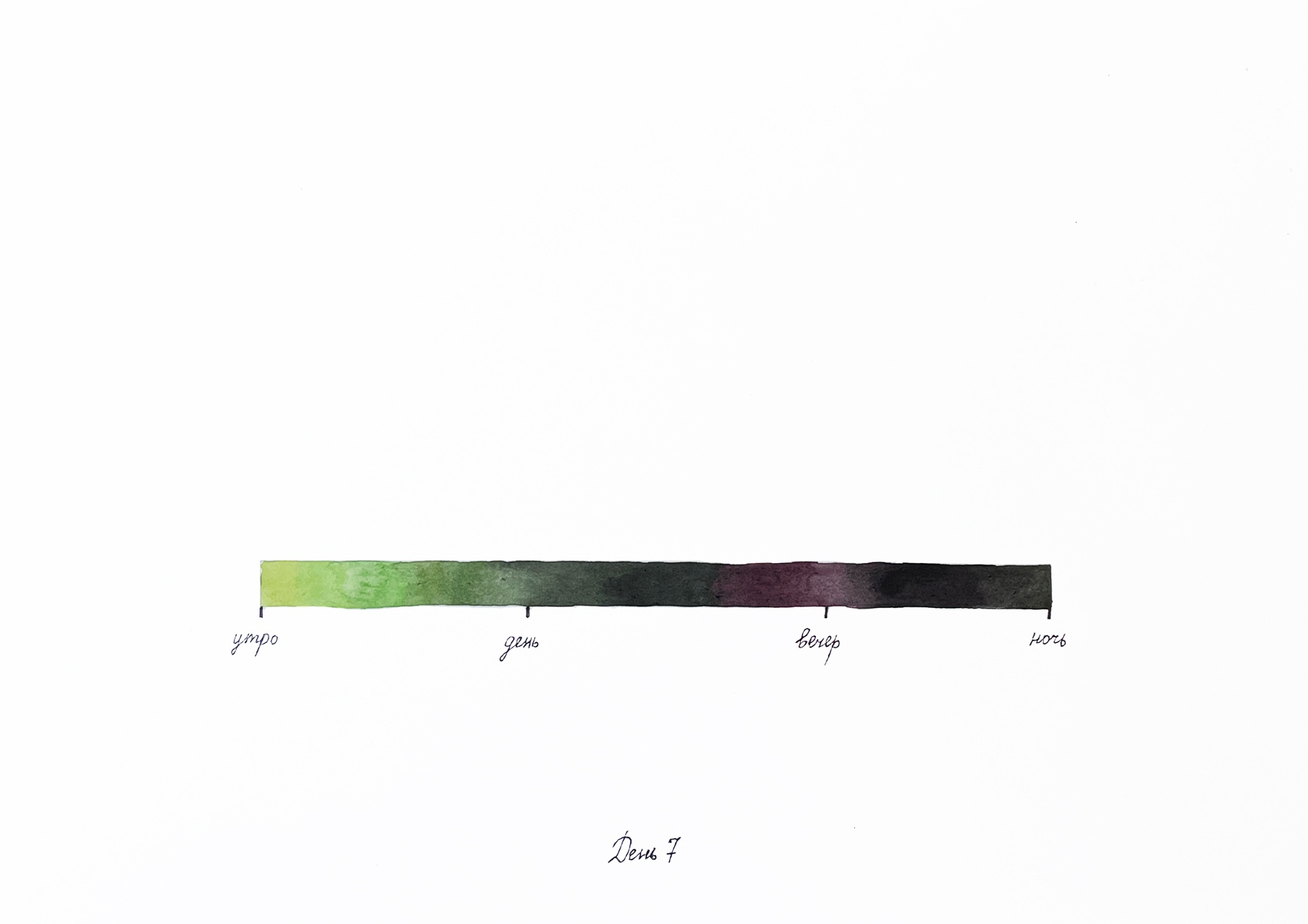In the project Color Transition, artist Katya Ryblova explores one of the unique and striking features of the Narkomfin Building, the color scheme of its interiors, applying her own methodology of studying and representing the relationship between color, light and space.
In the late 1920s, working as part of Malyarstroi enterprise, Bauhaus professor Hinnerk Scheper and his pupil Erich Borchert developed two color palettes for the interiors of the Narkomfin Building (a warm and a cold one), as well as combinations of shades for painting the spaces of the building. The result was the best-known example of living spaces design in Moscow, created by German designers.
For Color Transition Katya Ryblova studied the ideas and experiments in interior color design by architects Moisei Ginzburg, Hinnerk Scheper, and Erich Borchert that she found in the magazines Sovremennaya Arkhitektura and Malyarnoe Delo, as well as research on the Narkomfin Building by the Garage team and architectural theorists. Based on her research, she proposed her own interpretation of the colors of the original palette in the windows in the corridor between the communal and the residential blocks. The gradient effect refers to Ginzburg’s theory about the influence of color intensity on our experience of space, according to which, when «painting each of the walls with the same tone, but of increasing intensity, we will immediately feel a certain purely spatial expansion of the room.»
The project continues in Cell P with excerpts from writings by Ginzburg, Scheper, and Borchert, as well as exercises on combining segments of the color spectrum.
The public program of the project will include mediations, sketching meetings, and conversations with Katya Ryblova.
